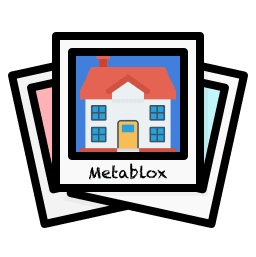The new and improved AkordJS 2.0
Originally posted here.
By: Az
Overview
After reviewing user feedback, Akord has announced its new and improved developer tool: AkordJS 2.0. Version 2.0 of AkordJS introduces new features and enhancements that make it better and more valuable than ever. Want to find out more? Let’s dive in! Building on Arweave’s immutable and permanent file storage, AkordJS provides the privacy layer and […]
The Post
After reviewing user feedback, Akord has announced its new and improved developer tool: AkordJS 2.0. Version 2.0 of AkordJS introduces new features and enhancements that make it better and more valuable than ever.
Want to find out more?
Let’s dive in!
Building on Arweave’s immutable and permanent file storage, AkordJS provides the privacy layer and means to collaborate securely with messaging and notes.- Richard Caetano – Co-Founder – Akord ( blog extract )
AkordJS
Firstly, you may be wondering what AkordJS even is.
AkordJS is a developer tool that can be used by developers to integrate the Akord protocol’s features and core functionalities into their applications. Essentially, AkordJS allows for the implementation of all the core functions of the Akord protocol, including enabling developers to integrate user-owned storage into their decentralised applications (dApps) via Akord’s digital Vaults.
According to Akord, AkordJS enables developers to:
Create secure, end-to-end encrypted Vaults for preserving documents, images, structured data, and other forms of data, with applications having access to the user’s Vault (as long as the permission is set by the user). These Vaults are maintained by a digital contract on the Arweave blockchain, and all data is stored on-chain.
Add or remove members to the vault, who can have either contributor or view-only permissions. The client generates and rotates the keys, with the protocol verifying the agreement between members.
All data sets (files, messages, etc.) can be encrypted client-side and stored in the vault. The vault allows for organizing data into folders, tracking file revisions, and auditing an immutable timeline of events.
AkordJS 2.0
AkordJS 2.0 brings forth major improvements, and has been tweaked, updated and upgraded by the Akord team based on al their users’ feedback.
In AkordJS 2.0 the developers have:
Abstracted external services and other APIs from AkordJS core, replacing them with a single, deployable and public endpoint. Third party developers can now choose their preferred backend for accessing and committing transactions to Arweave.
Removed unneeded dependencies from the abstraction above, reducing the overall size of AkordJS.
Renamed and improved the consistency of the project – naming conventions and codebase.
AkordJS allows developers to more readily inject the Akord protocol into their applications and explore a range of potential use cases, from exclusive publishing and blogging to secure archiving and distribution. Content can be stored indefinitely, be owner-managed, and be passed on with ease. Airdropping token-gated access to vaults enables content to be shared with specific communities, while a QR code could grant access to additional information or rewards. AkordJS can also be used to build a content vault, where viewers must sign and agree to terms before accessing specific resources. The ways in which AkordJS can be utilized by third parties is limited only by their imagination.
In his blog post, Richard Caetano presents an example of how AkordJS can be used to build a simple, private and permanent blog, or as he calls it, a Permablog. The Permablog offers “end-to-end encryption of the blog posts, permanent storage on the Arweave blockchain and access control using key rotation provided by Akord protocol”.
You can see the example and read the full blog post here .
Join our
Telegram / Discord / Twitter


